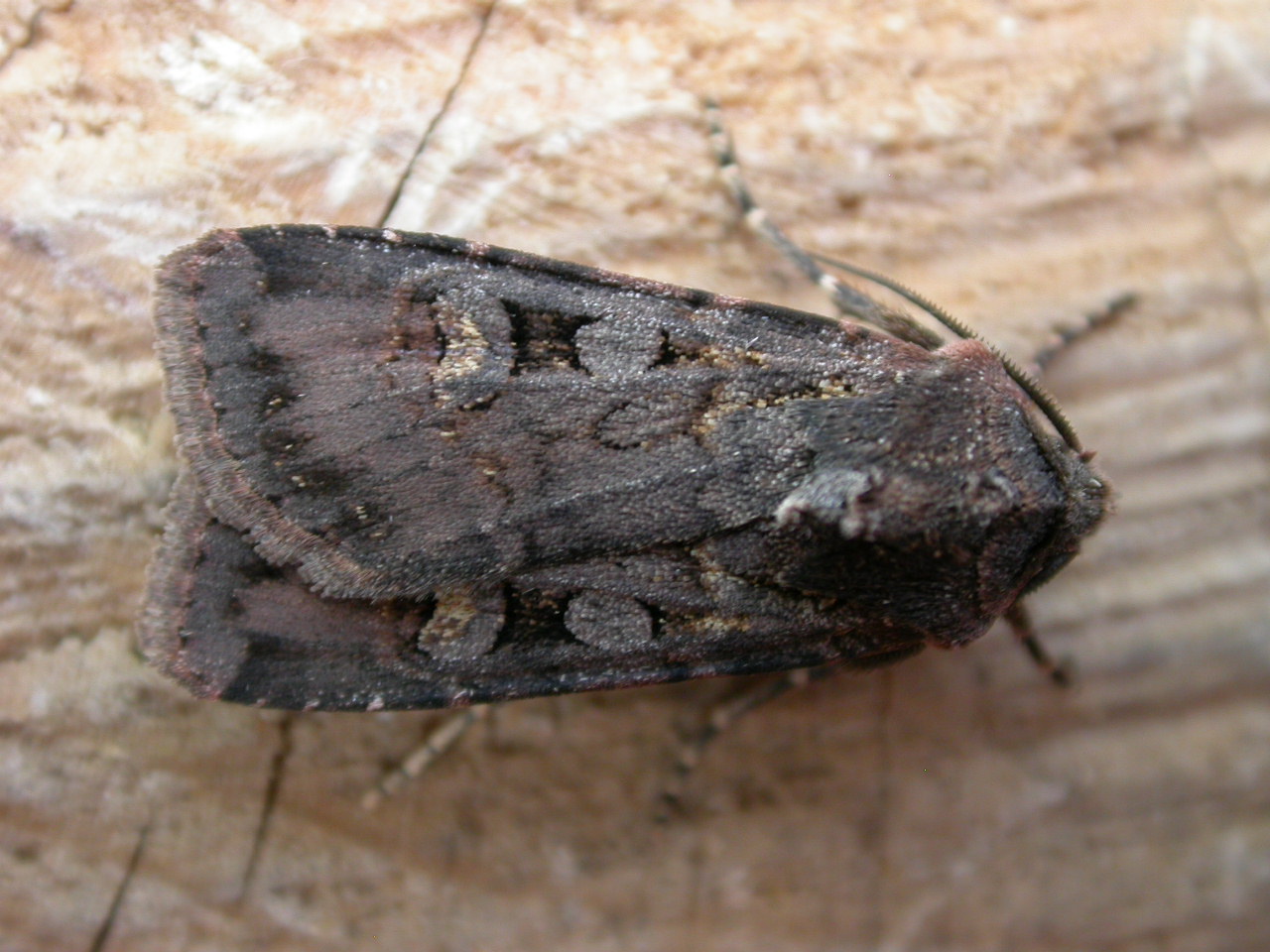|
Egira Dolosa
''Egira dolosa'' is a moth in the family Noctuidae The Noctuidae, commonly known as owlet moths, cutworms or armyworms, are a family of moths. They are considered the most controversial family in the superfamily Noctuoidea because many of the clades are constantly changing, along with the other f ... described by Augustus Radcliffe Grote in 1880. It is found in North America. The MONA or Hodges number for ''Egira dolosa'' is 10513.Pohl, G.R., Patterson, B., & Pelham, J.P. (2016). Annotated Taxonomic Checklist of the Lepidoptera of North America, North of Mexico' References * Further reading * *Lafontaine, J. Donald & Schmidt, B. Christian (2010). "Annotated check list of the Noctuoidea (Insecta, Lepidoptera) of North America north of Mexico". ''ZooKeys''. vol. 40, 1-239. External linksButterflies and Moths of North America Noctuinae Moths described in 1880 {{Noctuoidea-stub ... [...More Info...] [...Related Items...] OR: [Wikipedia] [Google] [Baidu] |
Augustus Radcliffe Grote
Augustus Radcliffe Grote (February 7, 1841 – September 12, 1903) was a British entomologist who described over 1,000 species of butterflies and moths.Osborn, H. 1937. Fragments of Entomological History. Columbus, OH: Published by the author. He is best known for his work on North American Noctuidae. A number of species were named after him, including the moth '' Horama grotei''. Early life and family Grote was born in Aigburth, a suburb of Liverpool, in 1841. His mother was English, and his maternal grandfather, Augustus Radcliffe, was a partner in the house of Sir Joseph Bailey. Grote was a first cousin on his mother's side to Ethel Romanes. Grote's father was born in Danzig, and his paternal lineage traced back to Dutch philosopher Hugo Grotius. His family name was changed from 'Grohté' to 'Grote' when his father became an English citizen. Augustus Grote came to New York at age 7, one year after his parents had moved there from England, and spent his youth on ... [...More Info...] [...Related Items...] OR: [Wikipedia] [Google] [Baidu] |
Moth
Moths are a paraphyletic group of insects that includes all members of the order Lepidoptera that are not butterflies, with moths making up the vast majority of the order. There are thought to be approximately 160,000 species of moth, many of which have yet to be described. Most species of moth are nocturnal, but there are also crepuscular and diurnal species. Differences between butterflies and moths While the butterflies form a monophyletic group, the moths, comprising the rest of the Lepidoptera, do not. Many attempts have been made to group the superfamilies of the Lepidoptera into natural groups, most of which fail because one of the two groups is not monophyletic: Microlepidoptera and Macrolepidoptera, Heterocera and Rhopalocera, Jugatae and Frenatae, Monotrysia and Ditrysia.Scoble, MJ 1995. The Lepidoptera: Form, function and diversity. Oxford, UK: Oxford University Press; 404 p. Although the rules for distinguishing moths from butterflies are not well establishe ... [...More Info...] [...Related Items...] OR: [Wikipedia] [Google] [Baidu] |
Noctuidae
The Noctuidae, commonly known as owlet moths, cutworms or armyworms, are a family of moths. They are considered the most controversial family in the superfamily Noctuoidea because many of the clades are constantly changing, along with the other families of the Noctuoidea. It was considered the largest family in Lepidoptera for a long time, but after regrouping Lymantriinae, Catocalinae and Calpinae within the family Erebidae, the latter holds this title now. Currently, Noctuidae is the second largest family in Noctuoidea, with about 1,089 genera and 11,772 species. This classification is still contingent, as more changes continue to appear between Noctuidae and Erebidae. Description Adult: Most noctuid adults have drab wings, but some subfamilies, such as Acronictinae and Agaristinae, are very colorful, especially those from tropical regions (e.g. '' Baorisa hieroglyphica''). They are characterized by a structure in the metathorax called the nodular sclerite or epaulette, whic ... [...More Info...] [...Related Items...] OR: [Wikipedia] [Google] [Baidu] |
List Of Moths Of North America (MONA 8322-11233)
There are about 12,000 types of North American moths. In comparison, there are about 825 species of North American butterflies. The moths (mostly nocturnal) and butterflies (mostly diurnal) together make up the taxonomic order Lepidoptera. This list is sorted by MONA number (sometimes called a Hodges number), a numbering system for North American moths introduced by Ronald W. Hodges, et al. in 1983 in the publication ''Check List of the Lepidoptera of America North of Mexico''. The list has since been updated, but the placement in families is outdated for some species. Former numbers for some species are given in square brackets, for example: * 3754 807– ''Aethes angulatana'' This list covers America north of Mexico (effectively continental United States and Canada). For a list of moths and butterflies recorded from the state of Hawaii, see List of Lepidoptera of Hawaii. Sublists * List of moths of North America (MONA 001–854.1) – Micropterigidae, Eriocraniidae, Acan ... [...More Info...] [...Related Items...] OR: [Wikipedia] [Google] [Baidu] |
Noctuinae
The Noctuinae are a subfamily of the family Noctuidae, and is composed of moths. The larvae of many species feed on roots or stems of various grasses. Some are generalist feeders which makes them potential pests. Noctuid systematics is in a state of flux; the list of tribes is provisional and other groups now considered more distinct (e.g. Hadeninae) were formerly included here. Likewise, the validity of the tribe Xestiini is doubtful for example. See also * List of Noctuinae genera Approximately 600 genera belong to the subfamily Noctuinae, cutworm or dart moths. There are more than 7,000 described species in this subfamily of Noctuidae. Noctuinae genera ; Tribe Actinotiini Beck, 1996 : ''Actinotia'' Hübner, 1821 : ''Alastr ... References * {{Noctuinae-stub ... [...More Info...] [...Related Items...] OR: [Wikipedia] [Google] [Baidu] |

.jpg)
